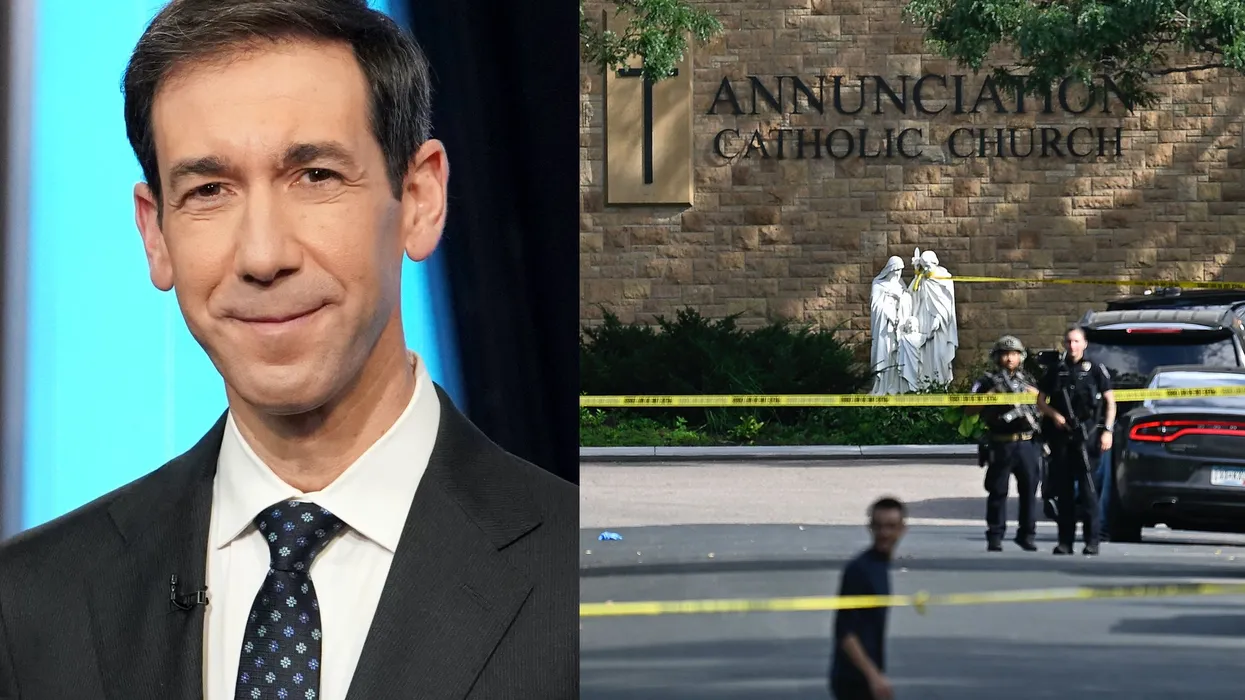You’re not supposed to look a gift horse in the mouth, checking its age by seeing how worn its teeth are, but people have been examining and fixing horse teeth since 1150 B.C., according to archaeologists who found evidence of equine dentistry performed on the Mongolian steppe.
It makes sense: Horses’ mouths, in which they hold their bits, are a key part of their ability to be ridden, but for almost as long, taking care of their teeth has been more an art than a science.
For centuries, fixing horse teeth — like filing off rough edges that can scrape their cheeks or pulling out rogue teeth the size of piano keys — has primarily been a lay trade, skilled manual maintenance akin to horseshoeing.
But today, with a scientific understanding of the subtle ways horse teeth grow, change and affect the animal’s overall health, equine dentistry has evolved, and the old tools of a rasp and a pair of pliers have increasingly been replaced with things like video scopes and electric files.
By the time they are between 3 and 5 years old, horses have their complete set of teeth. They are about five inches long, but much of the dentin remains hidden in the gum, from which the tooth continuously erupts over the course of the horse’s life.
Chewing hay and grass wears off about a millimeter a year, but not always evenly. Also, pointy, vestigial teeth called “wolf teeth,” which scientists link to prehistoric horses, sometimes grow, cutting into the lip. Time to call the horse dentist.
When Mike Lawrence, an equine dentist from Campbellville, Ontario, began practicing over three decades ago, it was common to file uneven teeth by hand, he said, without looking into the mouth, using feel to guide the rasp. The practice is known as “floating,” a term borrowed from masonry, where a float is a tool to smooth mortar and concrete.
Now, Lawrence, the vice president of the International Association of Equine Dentistry, which certifies dentists, floats teeth with specially made motorized implements.
“Compared to the basic hand floating, it really is so much more precise; we are talking about millimeters,” he said.
Scientific discoveries have also moved the profession forward, said Dr. Kimm Bakker, a veterinarian in the Netherlands, who credits research with changing her approach. For example: Horses develop sharp edges known as enamel points on some teeth, which conventional wisdom long said must be filed off. But new studies show that these may be necessary to chew their food. Bakker no longer removes enamel points unless they are cutting into a cheek and causing pain, she said.
“We now start to understand: Hold on, why does a horse have this? Is it due to the husbandry of the horse, or do these sharp points have a function?” Bakker said.
In America, equine dentists who are not vets are permitted to practice solo in fewer than 20 states; in many others they must be employed by or supervised by a veterinarian.
The international association helps craft legislation and is pushing to expand permission, said Wayne Needham, its president. There is a nationwide shortage of large animal vets — the country has lost 90 percent of its livestock veterinarians since World War II, according to a 2023 Johns Hopkins study. And with dental upkeep recommended twice a year, Needham said he believed certified practitioners would become increasingly necessary to treat all the horses in need. But many vets, like Bakker, believe a medical license is necessary for all but the most routine dental work for the horses’ safety.
Needham runs his own dental school near his hometown, Amarillo, Texas, teaching about 70 students a year how to examine and treat things like hooks, sharp dental overhangs, and malocclusion, when teeth do not line up properly.
In the wild, where horses forage all day, grinding their teeth evenly, dental care is unnecessary, he added. Human husbandry — feeding horses things like grain, limiting roughage — causes the need for intervention.
“Without proper maintenance, they would pretty much destroy their mouth over time,” Needham said.
Complicating the work is that horse’s do not routinely complain of a toothache.
“Horses are really good at masking pain, for themselves and for their owners,” said Bakker, who believed that the horse’s instinct as a prey animal to appear healthy so that it was not targeted by predators made them prone to hiding discomfort.
“Sometimes we open a mouth, and I am like, ‘Oh my god!’”
Sarah Maslin Nir is a Times reporter covering anything and everything New York … and sometimes beyond.
The post When a Horse Has a Toothache, Specialized Dentists Step In appeared first on New York Times.




